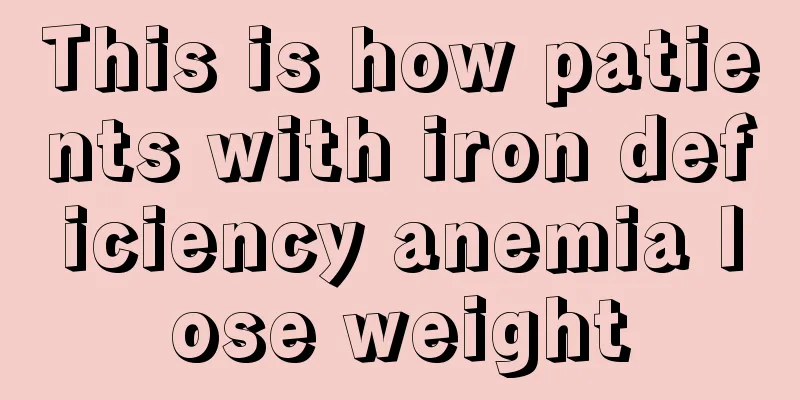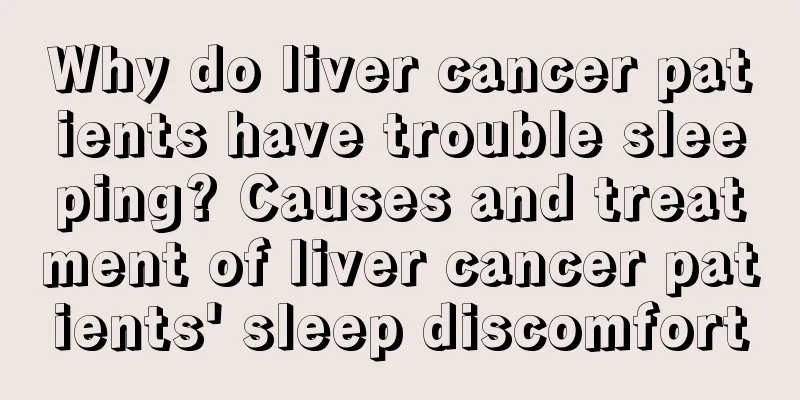What symptoms can artificial hearts treat?

|
With the development of modern medical technology, more and more advanced medical technologies have brought great protection to people's physical health. For example, heart disease is no longer a 100% fatal disease, because people have developed an artificial heart, which is an extremely advanced heart replacement organ with good usability. Let’s take a look at what symptoms artificial hearts can be used for. (1) Heart block: ① Patients with high-degree or complete and second-degree type II atrioventricular block and recurrent Adams-Stokes syndrome. ② Patients with persistent or intermittent three-branch intraventricular block or symptomatic two-branch intraventricular block. (2) Sick Sinus Syndrome: ① Patients with severe sinus bradycardia, sinoatrial block, sinus arrest, etc. accompanied by recurrent Adams-Stokes syndrome attacks, or those accompanied by angina pectoris, hypotension, and heart failure. ② Patients with double node disease or bradycardia or tachycardia syndrome who are difficult to treat with medication. (3) Bradycardia with frequent premature beats. (4) Children with congenital complete atrioventricular block: ① Those with slow ventricular rate and Adams-Stokes syndrome. ② Patients with slow ventricular rate and heart failure that is difficult to control. ③ The ventricular rate at rest is less than 40 beats/minute, even if there are no symptoms. (5) Programmable pacemaker for the treatment of refractory tachyarrhythmias. (6) Triple-chamber pacemaker for the treatment of congestive heart failure due to dilated cardiomyopathy. Single-chamber pacemakers can generally be installed in the following situations: ① The heart beats too slowly because of a problem with the sinoatrial node, but atrioventricular conduction is good. At this time, an atrial single-chamber pacemaker can be implanted. ② Atrial fibrillation combined with atrioventricular block causes a slow heartbeat, and a single-chamber ventricular pacemaker can be implanted at this time. ③ Pacemakers are only used to prevent occasional but very serious slow heartbeats. At this time, a single-chamber pacemaker can be implanted in the atrium or ventricle, or a dual-chamber pacemaker can be implanted. A dual-chamber pacemaker has two electrode leads, which are usually implanted in appropriate locations in the right atrium and right ventricle respectively. Generally speaking, the effects produced by a dual-chamber pacemaker are more in line with human needs and are particularly suitable for patients with atrioventricular block. For patients who already have heart failure, it is recommended to install a dual-chamber pacemaker as a first choice. To bottleneck. |
<<: Why does my heart feel like it’s being pricked by needles?
>>: Is black stain on teeth a sign of tooth decay? What are the symptoms of tooth decay?
Recommend
Symptoms of carotid artery aneurysm
People may not know much about carotid artery ane...
Surgical treatment of colorectal cancer
Colorectal cancer is a common malignant tumor in ...
How to do CPR
The heart is the most important organ in our huma...
What should I do if I often have pain in the soles of my feet?
Pain in the soles of the feet is a common phenome...
Treatment of seborrheic alopecia areata, folk remedies for treatment
Among the types of alopecia areata, seborrheic al...
Keep exercising to effectively prevent breast cancer
Breast cancer is the most common malignant tumor ...
What should be the creatinine level after dialysis
Dialysis refers to hemodialysis, and hemodialysis...
Will semen grow bacteria if left for a long time?
People who have had sex will know something about...
Joints are afraid of cold in summer
Many friends often feel very cold in their joints...
How should lung cancer patients eat? Recommended recipes for lung cancer patients
Lung cancer is a relatively common disease. This ...
What is the best way to relieve stomach discomfort and nausea?
Nowadays, many people often feel stomach discomfo...
What medicine to take for advanced colon cancer
What medicine should be taken for advanced colon ...
The fastest solution to hand cramps
Hands are one of the most frequently used parts o...
How should patients with ovarian tumors eat properly after surgery
Ovarian tumors are a common disease among women, ...
How come babies are born with teeth?
Everyone knows that babies usually drink breast m...









